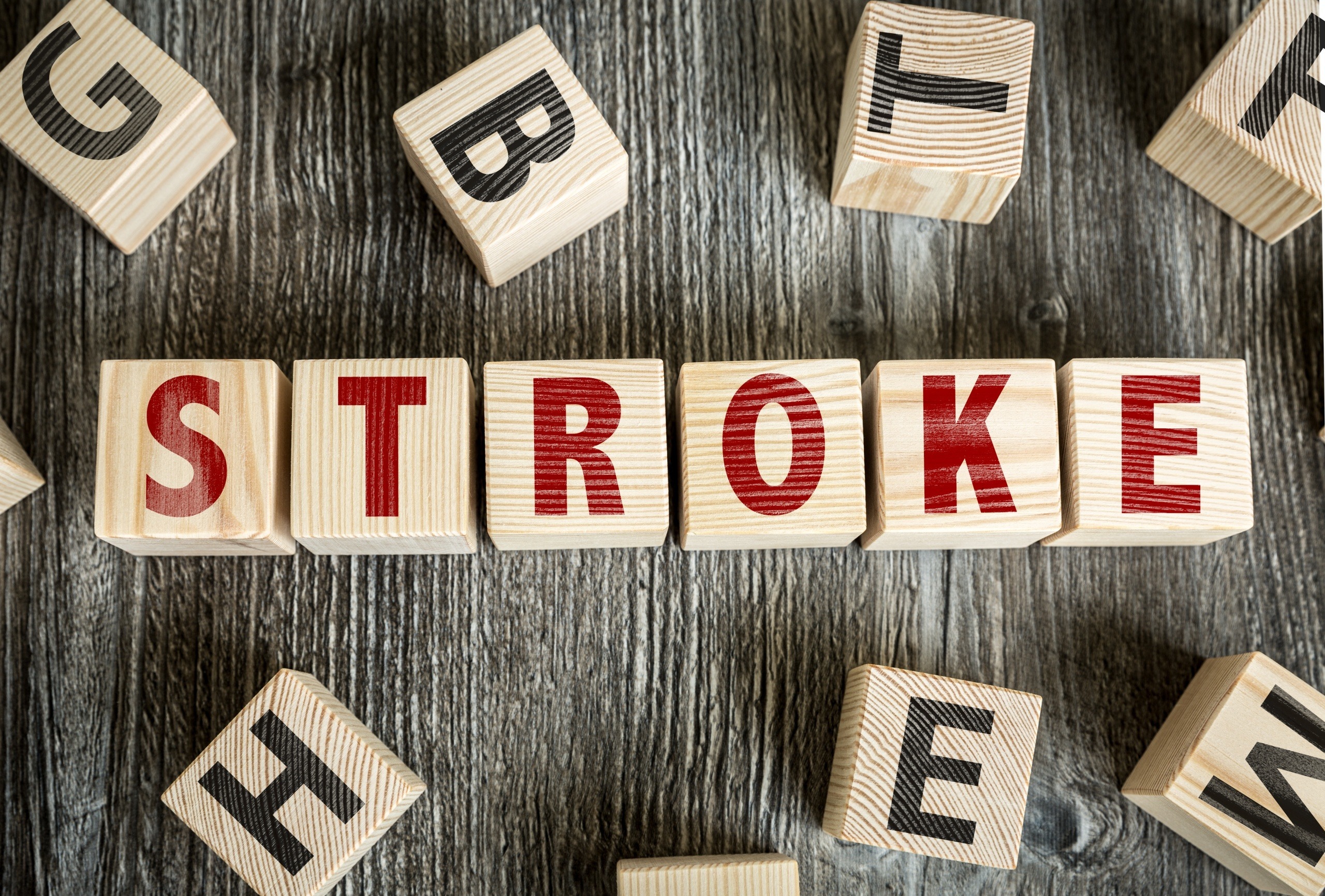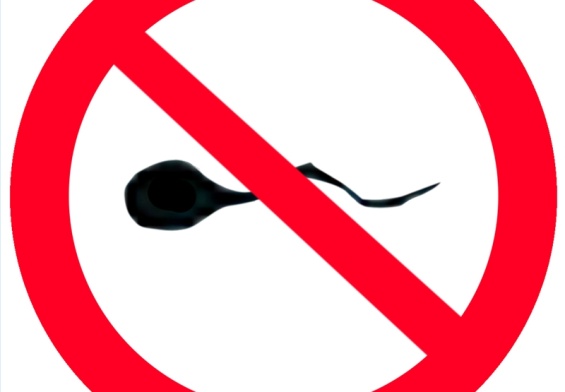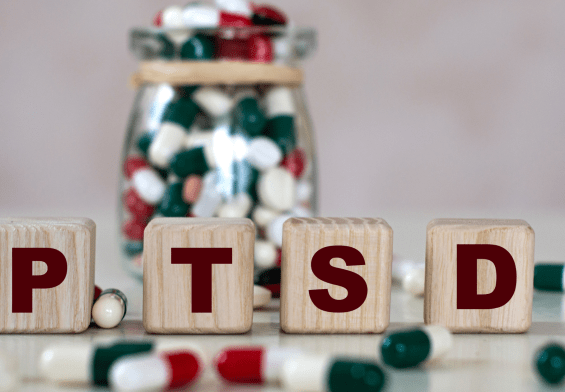Stroke – Your Most Frequent Questions Answered
Stroke is a serious medical condition that can have a profound impact on one’s life. It occurs when blood flow to a part of the brain is interrupted, leading to brain cell damage. Understanding stroke, its symptoms, causes, and treatment options can help you take preventive measures and manage the condition effectively. This blog will address common questions about stroke, providing valuable insights and solutions to improve your brain health.
Section 1: Understanding Stroke
Q: What is a Stroke?
A stroke occurs when blood flow to a part of the brain is blocked or reduced, leading to brain cell damage. There are two main types of strokes: ischemic stroke, caused by a blockage in an artery supplying blood to the brain, and hemorrhagic stroke, caused by bleeding in or around the brain.
Q: What are the different types of Stroke?
- Ischemic Stroke: Caused by a blood clot blocking an artery in the brain.
- Hemorrhagic Stroke: Caused by bleeding in or around the brain due to a ruptured blood vessel.
- Transient Ischemic Attack (TIA): Often called a mini-stroke, it’s a temporary blockage of blood flow to the brain that typically lasts a few minutes and does not cause permanent damage.
Section 2: Symptoms and Causes
Q: What are the common symptoms of a stroke?
Common symptoms of a stroke can appear suddenly and may include:
- Sudden numbness or weakness in the face, arm, or leg, especially on one side of the body.
- Confusion, trouble speaking, or difficulty understanding speech.
- Sudden trouble seeing in one or both eyes.
- Sudden trouble walking, dizziness, loss of balance, or lack of coordination.
- Severe headache with no known cause.
Q: What causes a stroke?
Strokes can be caused by several factors:
- Ischemic Stroke: Often caused by atherosclerosis (buildup of plaque in the arteries), blood clots, or embolism (a clot or debris traveling to the brain from another part of the body).
- Hemorrhagic Stroke: Caused by high blood pressure, aneurysms, arteriovenous malformations, or head injury that leads to bleeding in the brain.
Section 3: Prevention and Risk Reduction
Q: How can I reduce my risk of stroke?
Reducing your risk of stroke involves adopting a healthy lifestyle and managing existing health conditions:
- Maintain a healthy diet: Focus on fruits, vegetables, whole grains, lean proteins, and low sodium intake.
- Exercise regularly: Aim for at least 150 minutes of moderate-intensity exercise each week.
- Control blood pressure: Regularly monitor and manage your blood pressure.
- Manage cholesterol levels: Eat a heart-healthy diet and take prescribed medications if needed.
- Quit smoking: Smoking increases the risk of stroke by contributing to artery damage.
- Limit alcohol intake: Excessive alcohol can increase stroke risk.
- Manage diabetes: Keep blood sugar levels under control through diet, exercise, and medication.
Section 4: Diagnosis and Treatment
Q: How is a stroke diagnosed?
Stroke diagnosis typically involves a combination of medical history, physical examination, and tests such as:
- CT Scan or MRI: To visualize brain damage and identify the type of stroke.
- Blood Tests: To check for risk factors like high cholesterol or diabetes.
- Ultrasound: To examine blood flow in the arteries of the neck.
- Angiography: To visualize blood vessels in the brain and identify any blockages or bleeding.
Q: What are the treatment options for stroke?
Treatment for stroke depends on the type and severity of the stroke:
- Ischemic Stroke: Treated with medications such as thrombolytics (clot busters) or anticoagulants. Mechanical thrombectomy may be used to remove large clots.
- Hemorrhagic Stroke: May require surgery to repair damaged blood vessels or relieve pressure on the brain.
- Rehabilitation: Includes physical therapy, occupational therapy, and speech therapy to help recover lost functions and improve quality of life.
Section 5: Managing Stroke
Q: Can stroke damage be reversed?
While some brain damage from a stroke is permanent, rehabilitation and therapy can help individuals regain lost functions and improve their quality of life. Early treatment and rehabilitation are crucial for maximizing recovery.
Q: What role does diet play in stroke recovery?
A healthy diet is essential for stroke recovery and prevention. Focus on a diet rich in fruits, vegetables, whole grains, and lean proteins. Limit intake of saturated fats, trans fats, sodium, and added sugars to support overall health and prevent further strokes.
Q: How important is exercise for stroke recovery?
Regular exercise is crucial for stroke recovery. It helps improve physical function, strength, and mobility. A tailored exercise program, supervised by a healthcare professional, can aid in regaining independence and enhancing overall well-being.
Q: Why are regular check-ups important?
Regular check-ups are essential for monitoring and managing stroke risk factors, ensuring effective treatment, and tracking recovery progress. These visits help adjust treatment plans and address any ongoing health issues.
Section 6: Myths and Misconceptions
Q: What are some common myths about stroke?
- Myth: Only older people have strokes. Fact: While stroke risk increases with age, it can also affect younger individuals, especially those with risk factors such as high blood pressure, smoking, or diabetes.
- Myth: Stroke recovery is impossible after a certain period. Fact: While early intervention is critical, recovery can continue for months or even years after a stroke. Rehabilitation and therapy can still be beneficial.
- Myth: If symptoms of a stroke go away, it’s not serious. Fact: Even if symptoms resolve, a stroke can still cause significant damage. It’s important to seek medical attention immediately, even if symptoms are temporary.
- Myth: Strokes always involve sudden and severe symptoms. Fact: Stroke symptoms can be sudden or gradual and may vary in severity. Any unusual symptoms should be evaluated by a healthcare professional.
Section 7: Special Considerations
Q: How does genetics impact stroke risk?
Genetics can influence stroke risk, especially if you have a family history of stroke or related conditions. While you can’t change your genetic makeup, you can manage other risk factors to reduce your overall risk.
Q: Are there differences in stroke risk between men and women?
Both men and women can experience strokes, but there are some differences in risk factors and outcomes. Women may face unique risks related to pregnancy, menopause, and hormonal therapies. Men are more likely to have strokes at a younger age.
Q: Can younger people have strokes?
Yes, strokes can occur in younger individuals, often due to conditions like genetic disorders, drug use, or undiagnosed heart problems. It’s essential for people of all ages to be aware of stroke risk factors and symptoms.
Section 8: Recognizing and Responding to Emergencies
Q: What are the warning signs of a stroke?
Warning signs of a stroke can include:
- Sudden numbness or weakness in the face, arm, or leg, especially on one side of the body.
- Sudden confusion, trouble speaking, or difficulty understanding speech.
- Sudden trouble seeing in one or both eyes.
- Sudden trouble walking, dizziness, loss of balance, or lack of coordination.
- Severe headache with no known cause.
Q: What should I do if I suspect someone is having a stroke?
If you suspect a stroke, act quickly by:
- Calling emergency services immediately.
- Noting the time when symptoms first appeared, as this can influence treatment options.
- Keeping the person calm and comfortable while waiting for medical help.
- Following the advice of emergency medical personnel.
Q: How can I support someone who has had a stroke?
Supporting a stroke survivor involves providing emotional support, assisting with daily activities, and encouraging participation in rehabilitation and therapy. Educate yourself about stroke and its effects to better understand and support their recovery process.
Conclusion
Stroke is a serious condition that requires timely intervention and ongoing management. By understanding the symptoms, causes, and treatment options, you can take proactive steps to reduce your risk and improve your quality of life. Remember to seek medical advice, adopt a healthy lifestyle, and stay informed about stroke prevention and management. Your brain health is vital, so prioritize it today for a healthier future.
If you have more questions or concerns about stroke, reach out to your healthcare provider or a stroke specialist for personalized advice and support.




